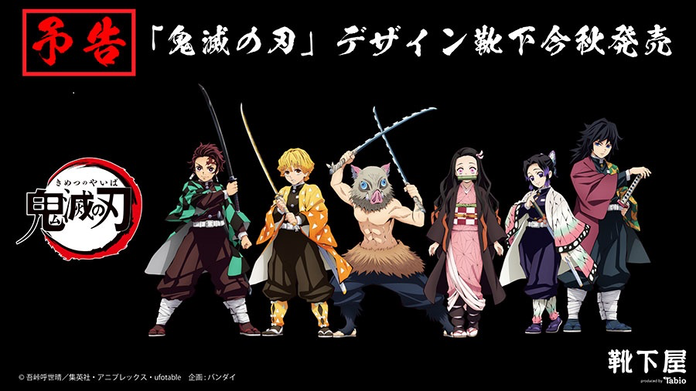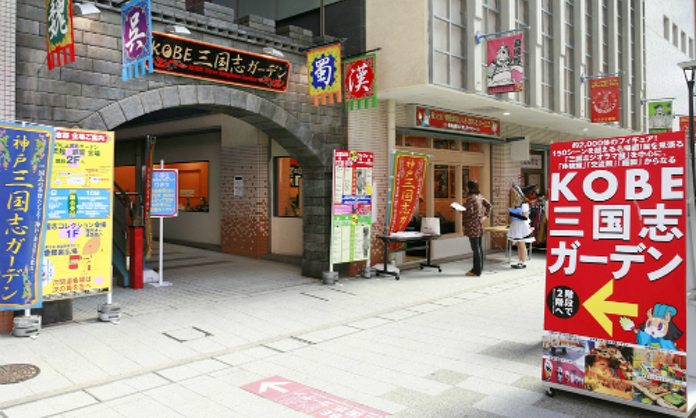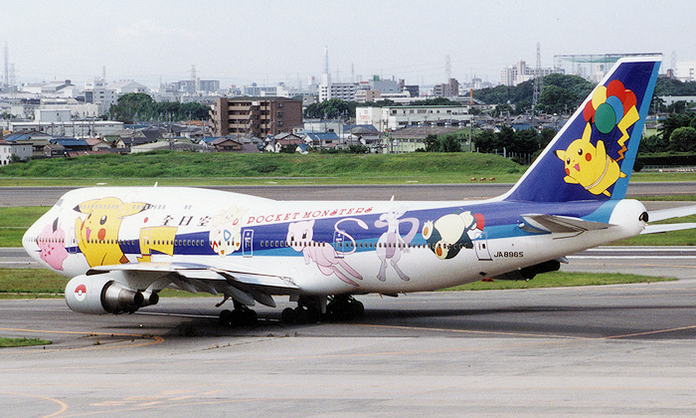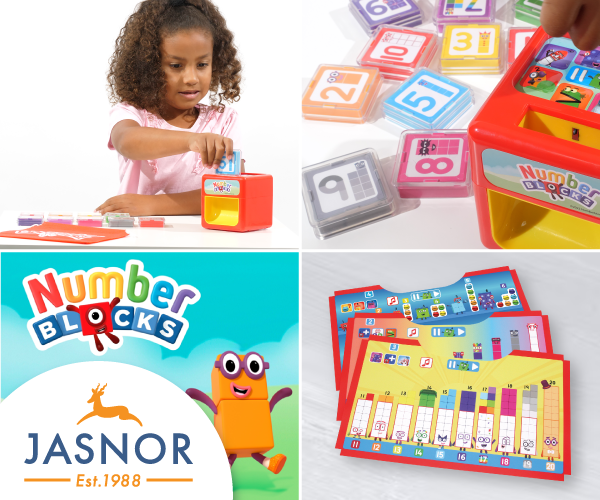Video games attract players of all ages and from all over the world. However, new game ideas and technologies are largely pioneered out of the United States and Japan. While these two giants influence each other in many ways cultural, historical, economic, and other differences have also led to the development of two often very different spheres within the gaming world. As is very much the case for most forms of entertainment including music, movies, books, and celebrities, Japanese consumers (along with those in much of East Asia) show a clear preference for Japanese style and content when choosing how, when, and where to play video games. Below is a brief exploration of some Japanese preferences in gaming.
By David Buckley
Independent Licensing Agent and Consultant
While gaming in much of the world has for many years revolved around personal computers, consoles (developed by such giants as Nintendo and Sega), and arcades, the Japanese have over the most recent decade been showing a growing preference for smaller and more mobile platforms to the point that now well over 50% of all video games played in Japan are mobile games. Japanese mobile telephone technology has been evolving rapidly and can now easily support the software and graphics demanded by players. As this technology has spread, the economic advantage of using this increasingly standard tool rather than investing in a separate console or PC has proven irresistible. With the overwhelming majority of the Japanese population living in large urban areas and commuting to work or school by train rather than by car, the convenience of devoting at least part of the day to gaming while on the go cannot be underestimated.
It is currently estimated that about 28% of Japanese play mobile games on a daily basis and the size of the domestic smartphone game market in 2020 was estimated at 1.2 trillion yen (approximately US$9.1 billion) or 22% of the global mobile gaming market (free to play games not included). The trend toward mobile gaming also seems to be paralleling a more egalitarian demographic shift among gamers — while some estimates of PC and console-focused video gamers indicate as much as a 3-to-1 ratio of males over females, recent studies of mobile game users in Japan hint at a close to 50/50 split.

As a great example of a Japanese game concept that has enjoyed continued success across many categories for many years and throughout the world is Pocket Monsters (better known as Pokémon). Created in 1995 and originally released as a video concept for the Nintendo Game Boy system in 1996, the franchise has adapted, evolved, and grown over the years to an estimated worldwide net worth of US$15 billion (NB: many experts consider this estimate to be on the low side). One of the franchise’s more recent successes has been the smart-phone based sub-brand of Pokémon Go (developed in partnership with Niantic, a US company) which launched in 2016 and still enjoys a worldwide fan base of between 150 million and 200 million active players — as of 2019 the game had been downloaded over 1 billion times. For a game dependent on a high degree of social contact and playing with friends and strangers while exploring the great outdoors, the restrictions much of the world has suffered through due to the ongoing pandemic could have easily reduced the game’s appeal and viability. Instead, the team behind the game has done an excellent job making timely updates and adjustments so that the Pokémon Go experience remains fresh, exciting, and appropriate to the new reality.

For example, while social interaction and exploring the outside world remain fundamental to Pokémon Go, players can now view a larger portion of their actual surroundings making it much easier to maintain social distancing and even to enjoy ‘solo’ play than was the original intention. The early insistence on face-to-face interaction with other players has also been relaxed in several ways making it possible to enjoy certain (but not all) of the gaming experience with friends around the world in addition to those close by. Special events are now staged frequently so that the game itself remains fresh rather than growing old and stale which could have easily been the case otherwise.

With the Japanese choice of gaming platforms moving increasingly, though not yet exclusively, to mobile telephones, the game creators have naturally followed along and Japanese titles continue to dominate. Both 2020 and 2021 were set to see the launch of many new games across all platforms, however, many launches had to be delayed due to the pandemic. Despite the ongoing economic problems, the game manufacturers have in most cases adjusted their own systems and the pace of new game launches has begun to increase.

Popular franchises such as Demon Slayer, Three Kingdoms, Final Fantasy, and Animal Crossing continue to build on their pre-pandemic popularity with the introduction of new titles and content. While the Japanese prefer story-based/“linear” content, Western games are often more dependent on player-guided decision making. Visually, the Japanese prefer colorful and often animation-inspired art styles (sometimes criticized in the West as being too “cartoonish”), the West prefers grittier content and styles with an emphasis on realism (often resisted by the Japanese as being too “dark”). Never being content to let popular themes stand alone, game concepts born in Japan are, of course, supported and re-enforced by large and well-coordinated licensing programs!










